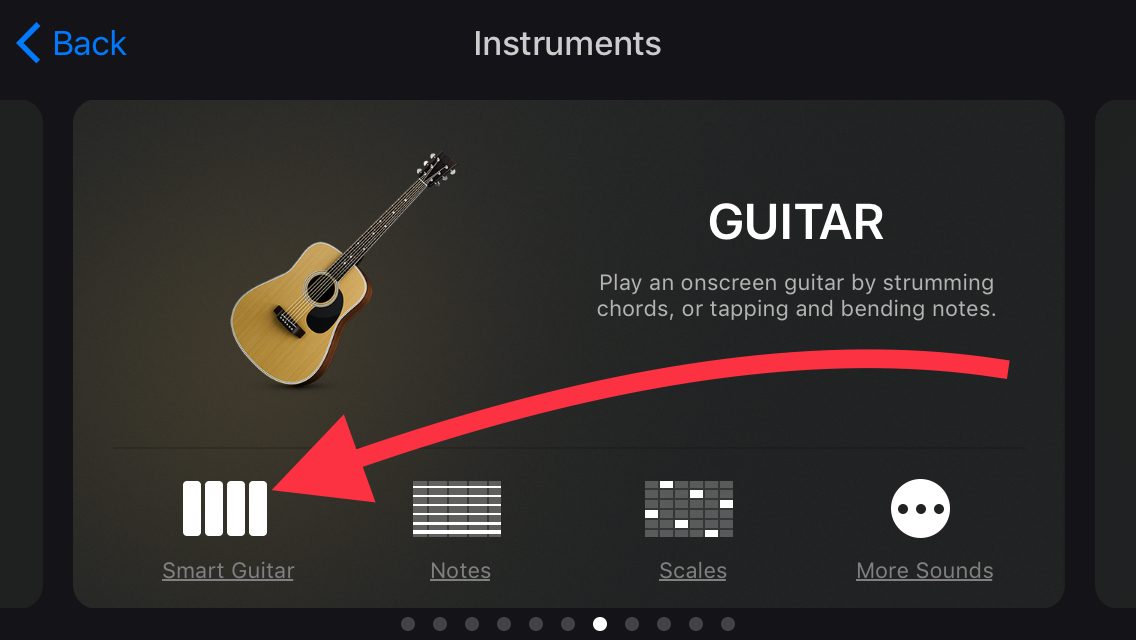You can connect real instruments, such as electric keyboards and guitars to your Mac for use in GarageBand. Using real instruments with GarageBand produces not only better sound, but realistic practice, as you finger the actual instrument and not an on-screen keyboard/string set.
Mar 18, 2017 Garage Band Lessons and Instruments taking up 46.91 GB of Storage Space on SSD After looking at the Storage Overview on the Mac, it wasn’t hard to see what the problem was. As you can see in the picture on the right, GarageBand was taking up almost 47GB of storage space for the instruments and lessons and the best part is, that I didn’t. Re-download GarageBand Learn to Play Artist Lessons Learn how to resume interrupted or re-download previously purchased Learn to Play Artist Lessons. If you’ve started to download Learn to Play Artist Lessons and the download is interrupted or is incomplete, you can resume the download from the Lesson Store in GarageBand.
You can connect a real MIDI keyboard through a USB cable (on most newer gear) or a MIDI adapter (on older equipment). You can connect other MIDI instruments, including guitars, woodwinds, and drums, and record onto a real instrument track in GarageBand. Click the red Record button when you’re ready to rock. Move the playhead to just before where you want to start jamming.
MIDI is geek shorthand for Musical Instrument Digital Interface, a standard that has been around for years.
If the high-quality instrument you have in mind is your own singing voice, connect a microphone (in lieu of the Mac’s built-in microphone) to an audio input port on the computer.
Open System Preferences, click Sound, click Input, and then select Line In. Drag the Input volume slider to an appropriate level. Choose Vocals and the instrument that most closely matches your singing style, such as Epic Diva, Helium Breath, or Megaphone. Garage Band will tailor the effects to your voice.

Don’t worry if you don’t know how to characterize your singing voice; one of your other options is No Effects.
Good microphones are also useful when you’re recording podcasts. If you choose to use a microphone not for singing but for recording your speaking voice, set the option to No Effects (unless you’re going for a comedic effect).
To add the instrument to a recording, click the Create a New Track (+) button, choose Track→New Track, then select Real Instrument and click Create.

Choose an input source (stereo or mono), depending on how the instrument is connected to the Mac. Select Monitor from the pop-up menu to be able to hear the instrument as you play it, with or without feedback.
How To Remove Garageband Instruments And Lessons From My Mac
Have you been itching to learn to play an instrument since you were a kid? On your Mac, GarageBand sends you on your way to your first gig by teaching you guitar or piano. Start by clicking Learn to Play from GarageBand’s opening screen and choose Guitar Lessons or Piano Lessons. You also find an Artist Lessons option, but skip that for the moment.
You have to visit the Lesson Store to download the Basic Lessons that you get as part of iLife.
Connect a USB or MIDI-compatible keyboard or guitar, depending on your choice of lessons.
In each full-screen lesson, an instructor demonstrates his or her craft. Lessons start simple and become more challenging as you progress.
Lessons include a video glossary and a mixer (to change how you hear the teacher, instruments in GarageBand, or your own instrument). You also find a setup button that leads to options that differ depending on the instrument you’re using. If you’re learning guitar, you also see a separate tuner button.
A How Did I Play? feature answers that very question with gentle visual feedback. You can check a progress bar that gives you a numeric score; GarageBand keeps a history of your progress. It’s like having a music teacher inside your Mac.
How To Uninstall Garageband Instruments And Lessons From My Mac Computer
If you want your music teacher to be a real headliner, check out the Lessons Store and click Artist Lessons. Sting teaches you to play “Roxanne,” and Norah Jones explains techniques in “Thinking About You.” Each artist lesson costs $4.99. You can sample an excerpt from these lessons and other artist lessons before purchasing them.